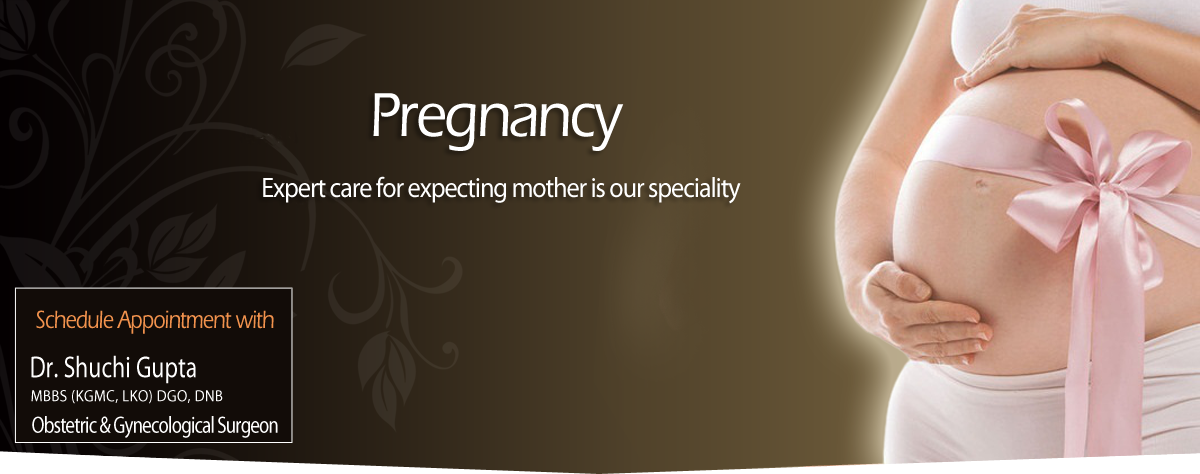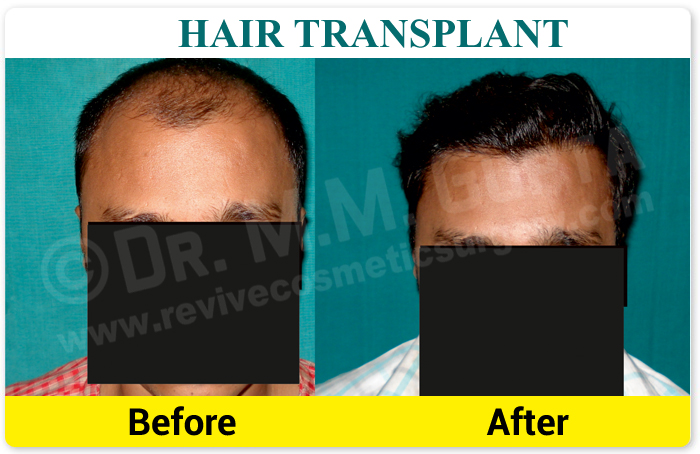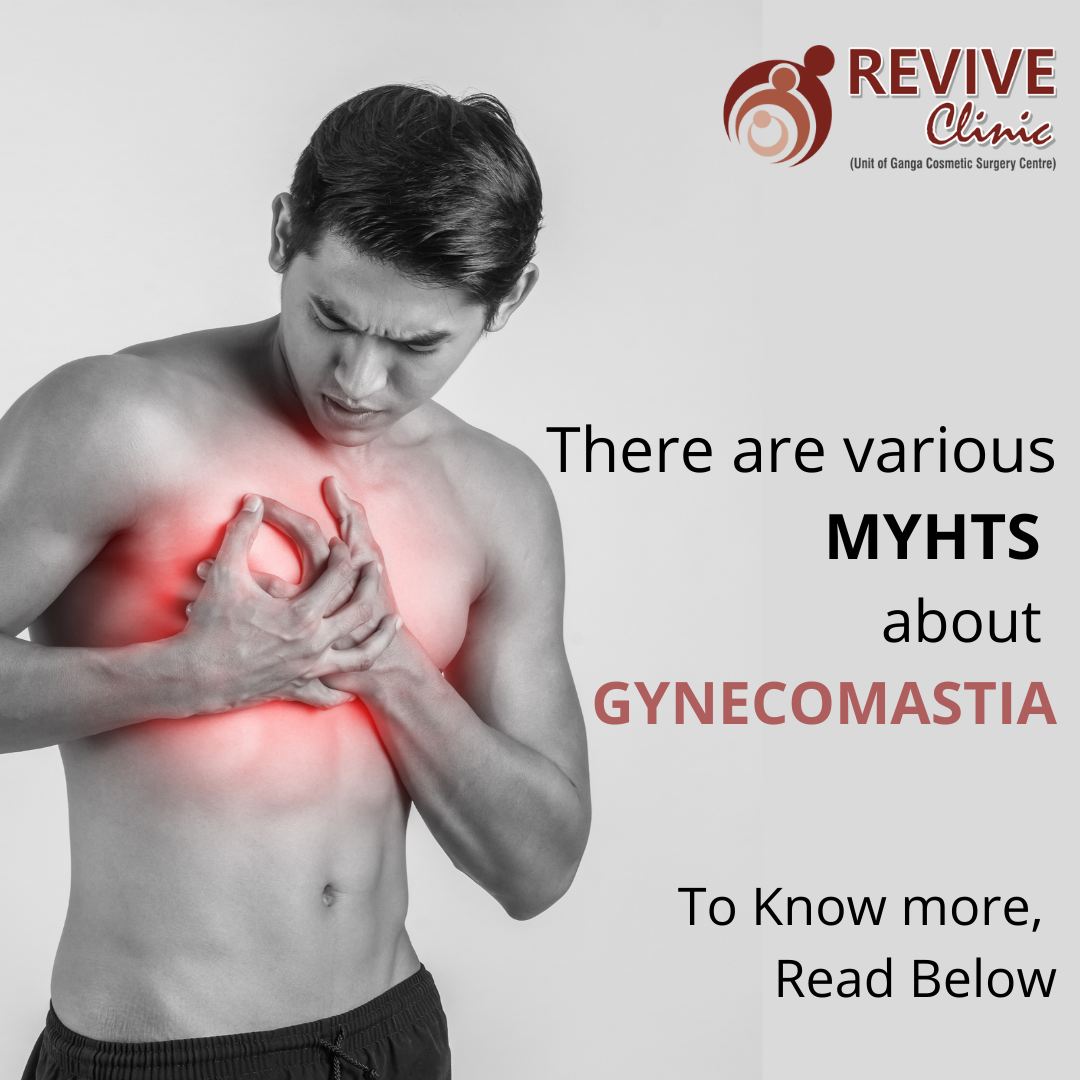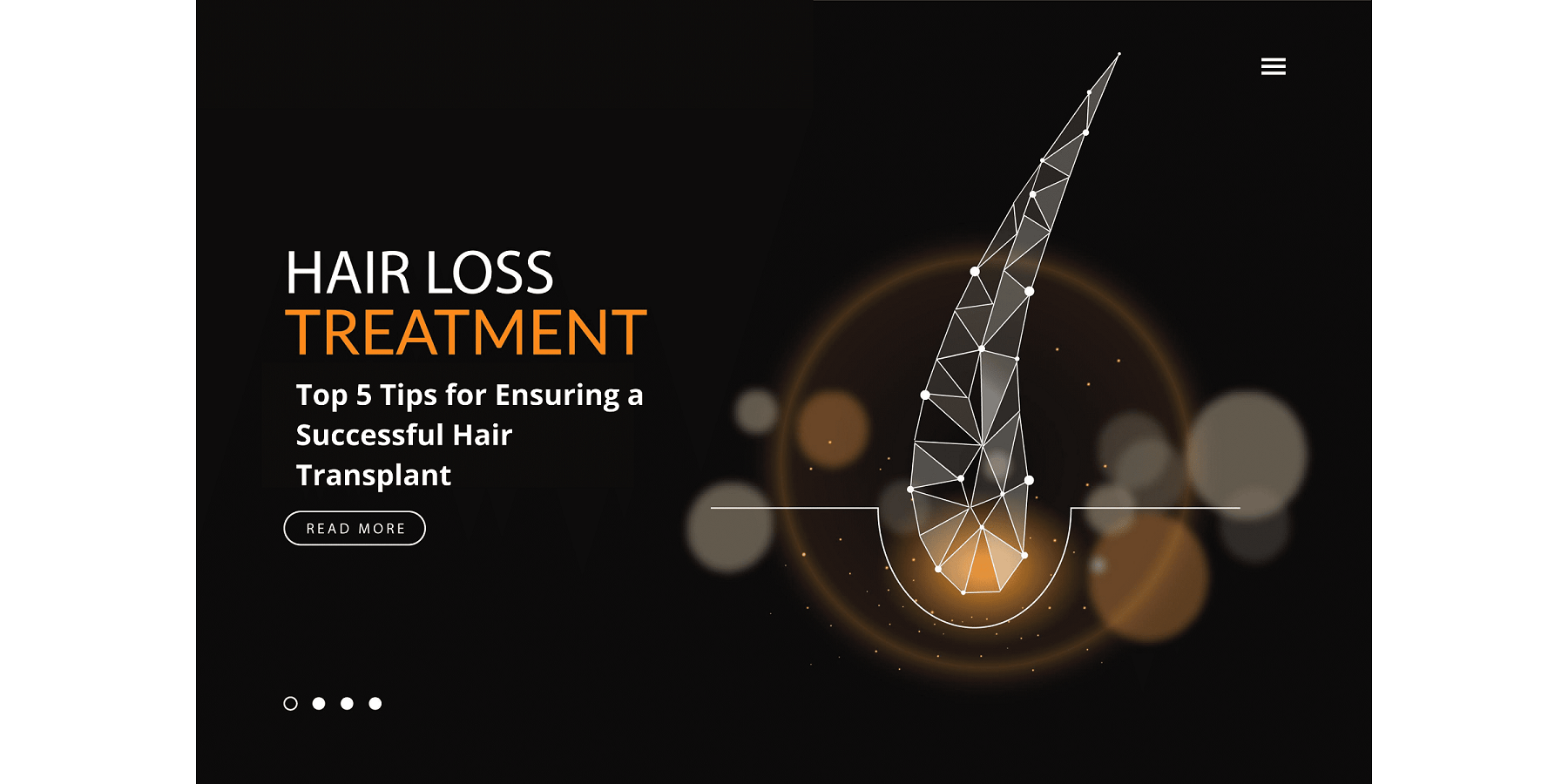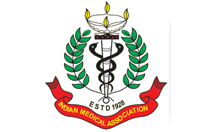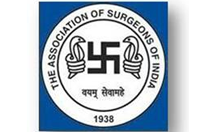- Pioneer of Hair Transplant with world's latest & Best Technique FUT, in up
- Excellent Quality Hair Transplantation by highly Skilled & Experienced Plastic Surgeon
- Pioneer of Hair Transplant with scar less technique FUE, in up
- World class surgery at affordable cost with life changing results
- Pioneer of body hair to scalp transplant in up
- Many thousand patients with successful Hair Transplant results
Quick Contact
revivecliniclko@gmail.com
+91 9721476547, +91 8400746979

Tummy tuck or (Abdominoplasty)
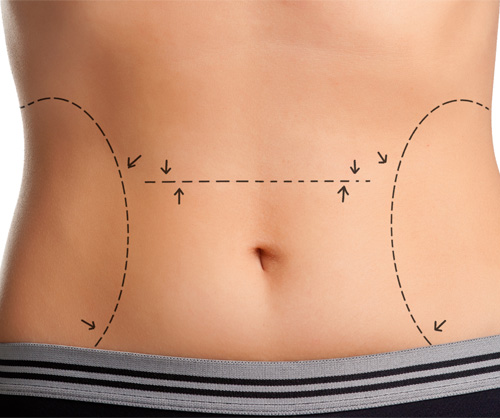
Abdominoplasty operations are frequently subdivided into categories. Depending on the extent of the surgery, a complete abdominoplasty can take from 3 to 5 hours. A partial abdominoplasty (mini-tuck abdominoplasty) can be completed between 1 and 2 hours.
Partial or Mini abdominoplasty
In partial (or mini) abdominoplasty a smaller incision is made and the skin and fat of the lower abdomen are detached in a more limited fashion from the muscle fascia. The skin is stretched down and excess skin removed. The navel replacement is not necessary as it is done when the amount of loose skin is minimal and the excess fat deposits are located below the navel.
Complete abdominoplasty
In complete (or full) abdominoplasty incision is made from hip to hip just above the pubic area. Naval is cut free from surrounding skin and repositioned after excess skin is removed and abdominal wall tightened. It addresses loose excess skin involving whole of anterior abdominal wall.
Extended abdominoplasty
An extended abdominoplasty is a complete abdominoplasty plus a lateral thigh lift. The resulting scar runs from the posterior axillary line (when placing your open hands on your hips, the thumbs lie along the posterior axillary line.) The operation does all of the abdominal contouring of a complete abdominoplasty and allows further improvement of the flank (waist), as well as smoothing the contour of the upper lateral thigh.
Circumferential abdominoplasty
A circumferential abdominoplasty is an extended abdominoplasty plus a buttock lift. The resulting scar runs all the way around the body, and the operation is also called a Belt Lipectomy or lower body lift. This operation is most appropriate for patients who have undergone massive weight loss.
Tummy Tuck FAQ's
Q- Are there any risks of undergoing a tummy tuck?
All types of surgery carry some degree of risk. The potential risks and complications that can occur with tummy tuck surgery include the following: bleeding beneath the skin flap, blood clots, conspicuous scarring, Keloid (heavy scar), Seroma, Fat Necrosis, infection, poor healing, skin necrosis, Nerve damage and the need for further surgery.
Q- Where the scars are located for tummy tuck surgery?
A traditional tummy tuck involves one long incision made just above the pubic area and running from hipbone to hipbone. In addition, a second incision is often made around the belly button. For a partial abdominoplasty, the incision around the belly button is usually not required and the one above the pubic areas is usually significantly shorter. The scars that result from these incisions will fade and flatten with time.
Q- Will weight gain after a tummy tuck affect the results?
The results of a tummy tuck procedure can be negatively impacted by any significant amount of weight gain afterwards.
Q- Are tummy tucks painful?
The procedure itself should not be painful as some type of anesthesia will be used. For the first few days during the recovery, patients may feel some discomfort or pain which can be controlled with medication prescribed by your surgeon.
Q- Who is the ideal candidate for a tummy tuck?
The best candidate for a tummy tuck is a patient who, though in relatively good shape, has loose abdominal skin or a large fat deposit in the abdomen that does not respond to exercise and diet. In addition, women after pregnancy or patients after significant weight loss can particularly benefit from the procedure.
Q- Will future pregnancy affect the results of a tummy tuck?
Future pregnancies can affect the results of a tummy tuck. The procedure often involves the tightening of the vertical muscles of the abdomen, and these can separate with future pregnancy. Because of this, it's best to postpone the procedure if you're anticipating future pregnancy.
Q- Can stretch marks be removed with a tummy tuck?
A tummy tuck will typically remove stretch marks that are located on the lower abdomen. Other stretch marks may not be removed. For instance, stretch marks on the upper abdomen may simply be moved downward, though they may appear somewhat tighter and smoothed out.
Q- How permanent are tummy tuck results?
The results of a tummy tuck can be very long lasting. You can also help to maintain your results by getting regular exercise and following a healthy diet.
Q- What are the contraindications for abdominoplasty?
- Contraindications for abdominoplasty include the following:
- Right, left, or bilateral upper quadrant scars (relative)
- Severe co-morbid conditions (e.g. heart disease, diabetes, morbid obesity, cigarette smoking)
- Future plans for pregnancy (relative)
- History of thromboembolic disease (relative)
- Morbid obesity (BMI >40)
- Unrealistic patient expectations
- Patients who tend to form keloids or hypertrophic scars, unless they are willing to accept the scarring associated with these conditions.
What makes us unique?
Our Efficiency | Our Competency | Our Reliability | Our Dedication | Our Expertise in the respective fields.
Best Doctors
We have a team of doctors who are best in their respective fields of specialization for best results and maximum patient safety.
Best Plastic & Cosmetic Surgeon
MBBS, MS, MCh, DNB
- Our plastic and cosmetic surgeon are highly trained and best Hair Transplant Surgeon with more than 14 years of experience in doing Hair Transplant with excellent & world-class results.
- The most trusted, skilled, and experienced Hair Transplant and Cosmetic Surgeons in Lucknow and Varansi is owned by Revive Clinic
- Our surgeon is a Pioneer of the FUT technique of Hair Transplant in Uttar Pradesh.
- Our surgeon is a Pioneer of the FUE technique of Hair Transplant in Uttar Pradesh.
Best Gynecological Surgeon
MBBS, DGO, DNB
- Our gynecological and obstetrics doctor is highly trained Obstetrician, Gynecologist & Laparoscopic Surgeon with more than 17 years of experience.
- Our gynecological and obstetrics doctor is working as a Senior Consultant Obstetrician & Gynecologist at Fatima Hospital, Lucknow.
- Revive Clinic posseses one of the best and highly experienced Obstetrics & Gynecology & Laparoscopic doctors in Lucknow.
Ultra-modern Centre
Hair Transplant Center
- We have state of art ultra-modern facility for hair transplant. We use ultra-hygienic and the best safety method for patient care.
- We have a dedicated Hair Transplant Operation Theater (Hair Lab.) with temperature and humidity control, ergonomically designed cutting platform, cold lights, ceiling lights with heat filters, preventing any damage to the Hair grafts.
- Revive Clinic is one of the leading hair transplant clinics in Lucknow, Uttar Pradesh, India. Our hair treatment procedures are best in class and give the best results.
- We offer the best hair transplant treatment with all the latest and best techniques & instruments.
- We ensure maximum patient's privacy, it is our first priority.
Obstetrical & Gynecology Treatment
- We have advanced facilities & equipment for providing the best obstetrical & gynecological treatment.
- All treatments are done by our highly experienced doctor taking utmost care for giving the best results and high priority for patient safety.
- At Revive we evaluate every patient for normal delivery as a primary option, doctor opt for caesarian delivery only in high-risk conditions for the safety of mother and baby.
- Revive clinic is one of the best obstetrical & gynecological clinics in Lucknow.
- Revive Clinic offers a wide range of obstetrical & gynecological care i.e. From contraceptive counseling to general gynecological & obstetrical services including Infertility Treatment for women at different stages of life, we are best in our field.
Best Results
- Our success is well spoken by thousands of our happy and satisfied patients of Hair Transplant & Plastic & Cosmetic Procedures both national as well as international. We are committed to patient's safety & satisfaction.
- 100% natural-looking results are given by our best hair transplant and cosmetic surgeon, with no side effects.
- We provide the best hair transplant & cosmetic Surgery results at very affordable costs.
- We have excellent results for infertility treatment.
- We give the best results for all Obstetric & Gynecological problems at a very affordable cost.
Professional Staff
Why us

State of Art CenterLatest Equipment & Techniques
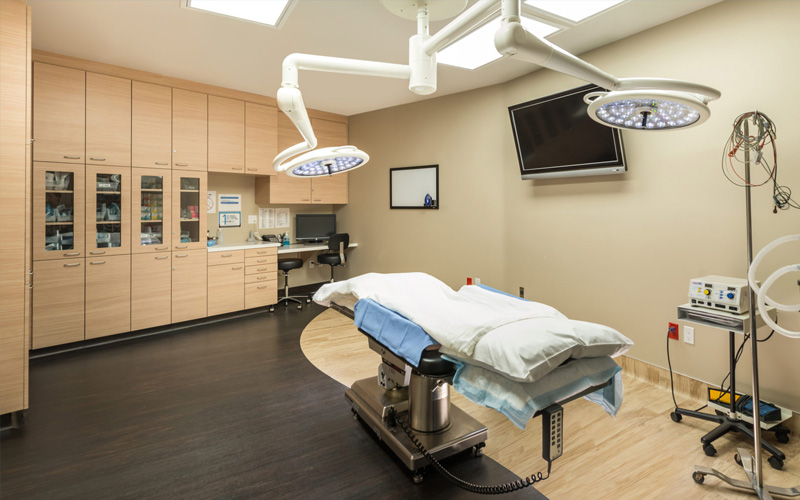
- We use latest Equipments & Techniques to deliver top class Treatments
- Our center have relaxing environment with modern facilities and look
Qualified Doctor & StaffBoard Certified and Specialized Team

- Dr. M. M. Gupta is; experienced, highly qualified and skilled cosmetic surgeon; providing surgical services of International Standard.
- Our team consists of trained and caring staffs, available 24x7 for patient's care.
World Class ResultsMaximum Patient Satisfaction

- Combination of State of Art Center and Experienced, Highly Qualified & Skilled Cosmetic Surgeon bring out world class results, every patient expect.
- You can see Live Surgical Procedures and also meet our satisfied clients to gain confidence about our Excellent Results.

Our Specialities



Quick Contact
revivecliniclko@gmail.com
+91 9721476547, +91 8400746979
Mail Your Query Here

Credentials
Face
Hair & Skin
Body
Breast








